Search Images
Browse Content (p. 1271)
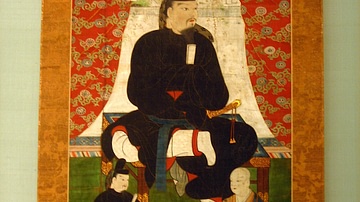
Image
Fujiwara no Kamatari
A 16th century CE silk scroll depicting Fujiwara no Kamatari (614-669 CE) and his two sons, the founder of the powerful Fujiwara clan which dominated Japanese government during the Heian Period (794-1185 CE). (Los Angeles County Museum of...
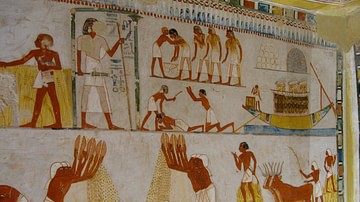
Image
Egyptian Workers
Tomb of Menna at Thebes, 18th Dynasty.
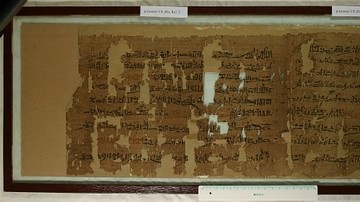
Image
Satire of the Trades
Papyrus Anastasi VII; sheet 1, New Kingdom copy of the Satire of the Trades.

Image
King David Writing Psalms
A 17th century CE artist's rendition of David inscribing one of his famous psalms. By Giovanni Francesco Barbieri (Guercino).

Image
Gospel of John - Papyrus 52
An image of the ancient manuscript of the Gospel of John known as P52, or Papyrus 52. This is currently not only the oldest known manuscript of the Gospel of John, but the earliest known manuscript of the entire New Testament in general...
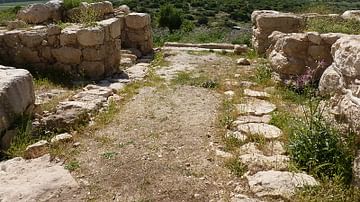
Image
City Gate of Khirbet Qeiyafa
This is an image of the city gate of the ancient Judean and fortified city known as Khirbet Qeiyafa, primarily excavated by Sa'ar Ganor and Yosef Garfinkel. 11th-8th century BCE.
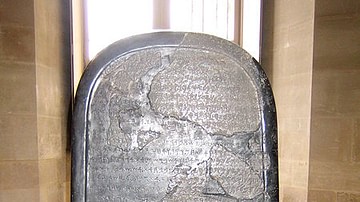
Image
Mesha Stele - Moabite Stone
The Mesha Stele is an ancient tablet dating to around 850 BCE, written by Mesha, the king of Moab (modern Jordan). (Louvre Museum, Paris)
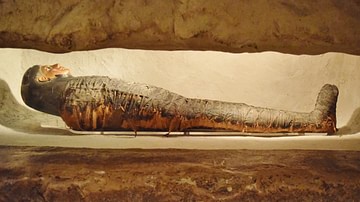
Image
Egyptian Mummy in Wrappings
Embalmed female mummy, c. 1000 BCE.
Inside Ancient Egypt exhibit at the Field Museum in Chicago.
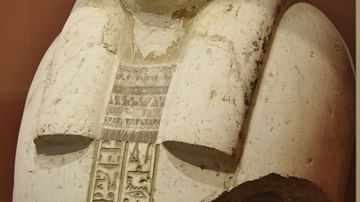
Image
Egyptian Sarcophagus Lid
Here is a disfigured sarcophagus lid dating back to the 26th Dynasty of Ptolemaic Egypt (664 - 30 BCE). It is now part of the Inside Ancient Egypt exhibition at the Field Museum in Chicago, Illinois, USA.

Image
Britain 383-410 CE
Based on Jones & Mattingly's Atlas of Roman Britain; Mattingly's Imperial Possession; Higham's Rome, Britain, and the Anglo-Saxons; Frere's Britannia; and Snyder's An Age of Tyrants.